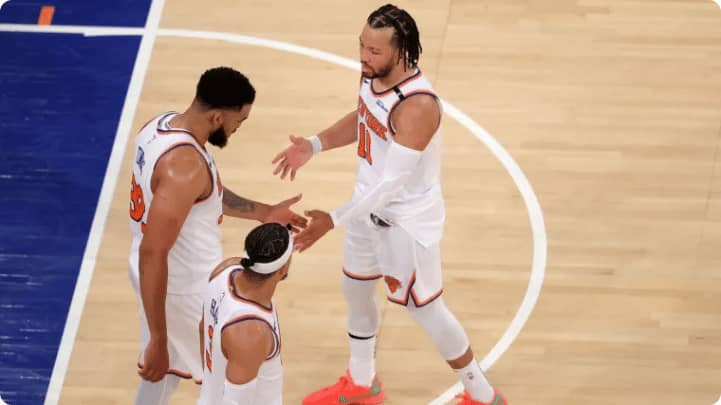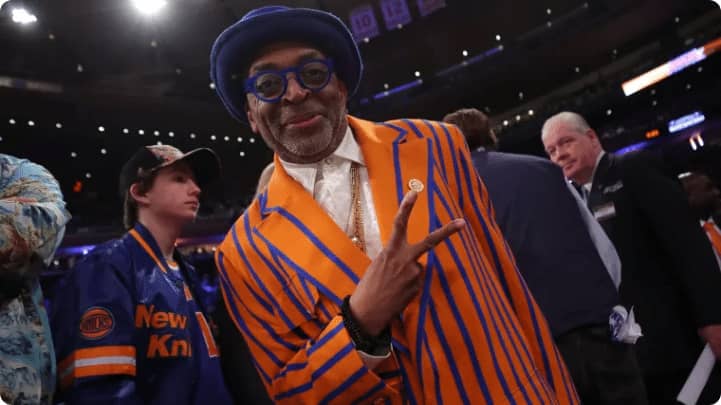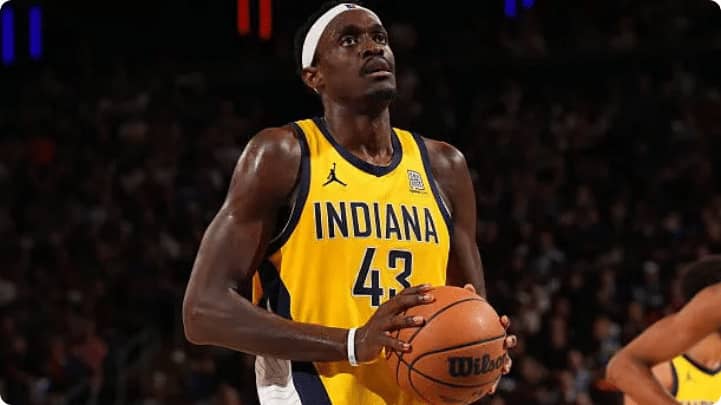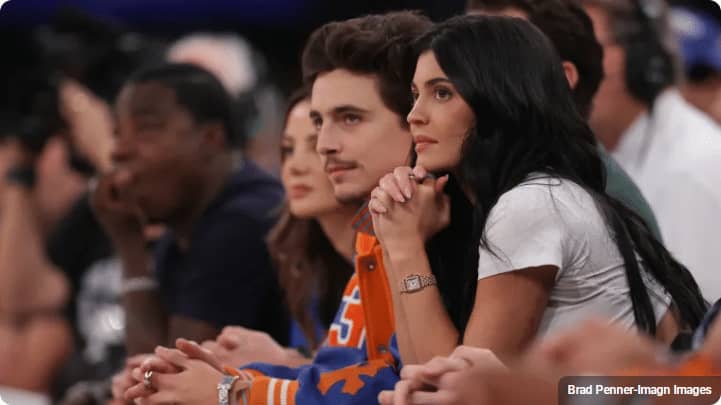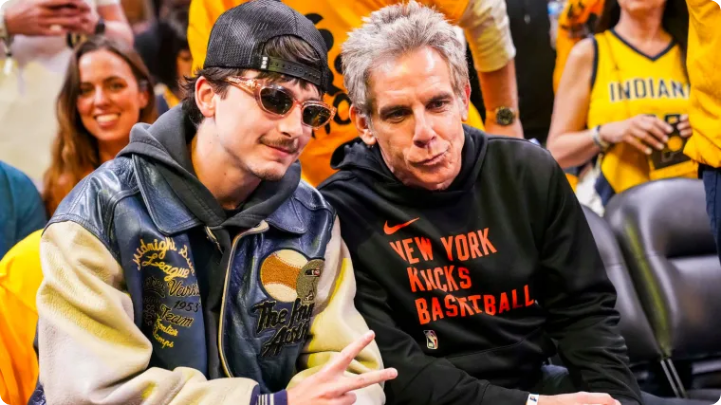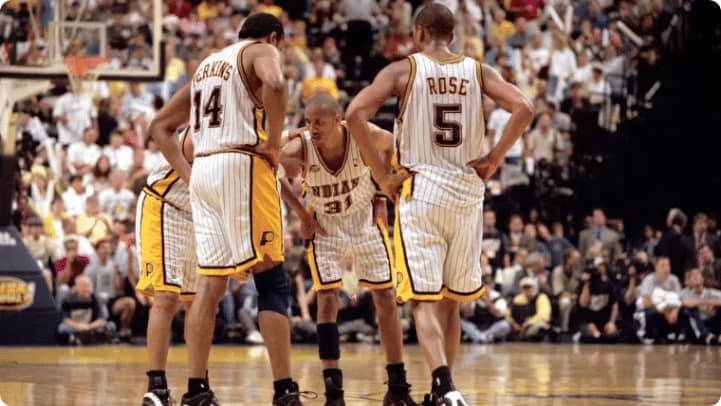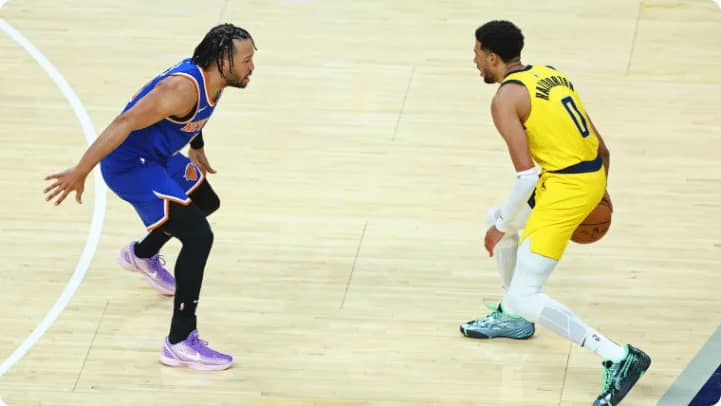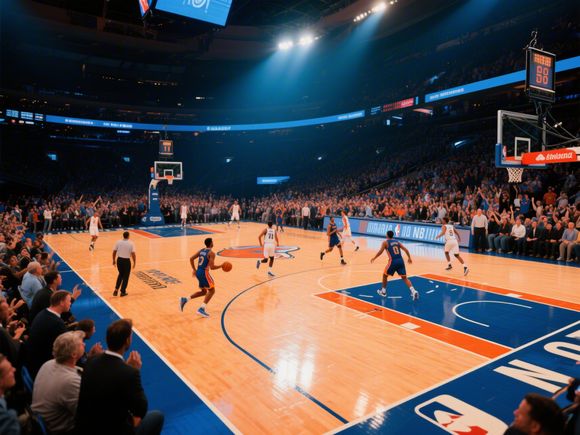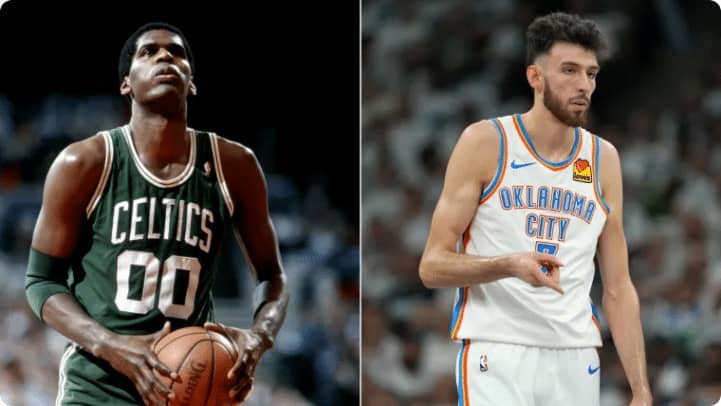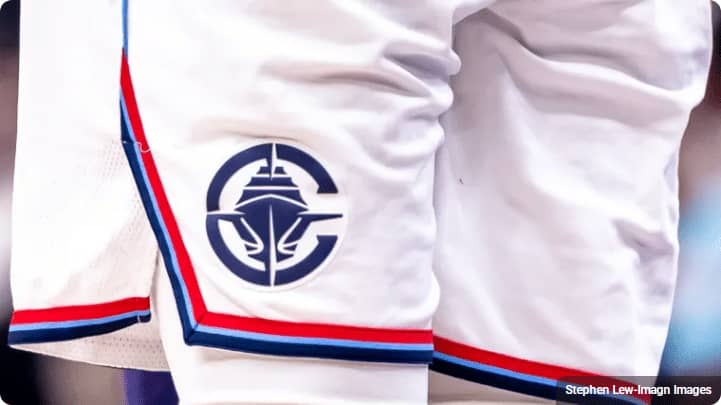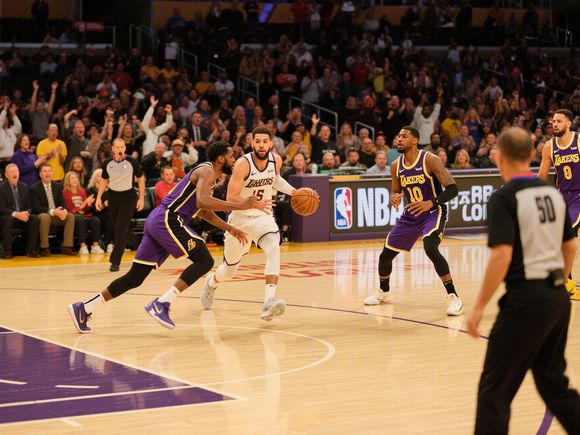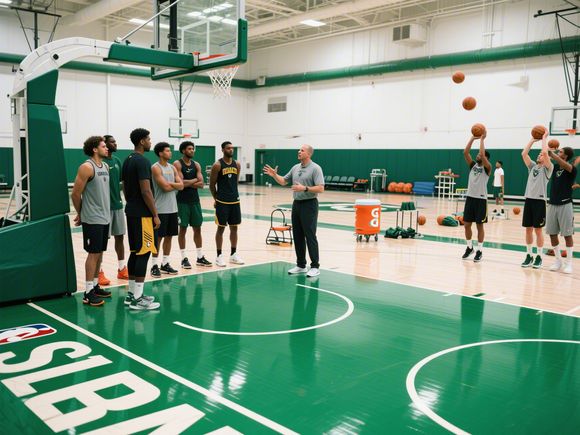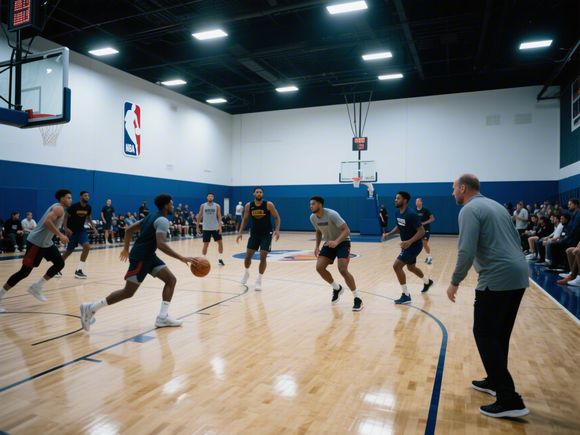Financial Constraints Loom Over Pacers vs. Thunder: The NBA Finals Under a New Salary Cap Regime
Introduction
The 2025 NBA Finals between the Pacers-0.html target=_blank class=infotextkey>Indiana Pacers and Thunder-0.html target=_blank class=infotextkey>Oklahoma City Thunder represent a pivotal moment for the league. Both teams are navigating uncharted financial territory under stricter Salary Cap rules introduced in the NBA's 2023 Collective Bargaining Agreement (CBA). This series marks the first championship showdown under a system prioritizing fiscal responsibility over unchecked spending.
The New Financial Landscape
Indiana Pacers' Cap Challenges
With a 2024-25 payroll of $171 million, the Pacers operate just below the league's first "apron" threshold ($195.9M). This limits their access to key signing tools like the Non-Taxpayer Mid-Level Exception (NTMLE). Star players Tyrese Haliburton ($42.2M) and Pascal Siakam ($42.2M) account for nearly 60% of their salary budget, leaving limited room for roster adjustments. Their defensive struggles (113.2 defensive rating in the Eastern Conference Finals) highlight the risks of relying on a two-man core.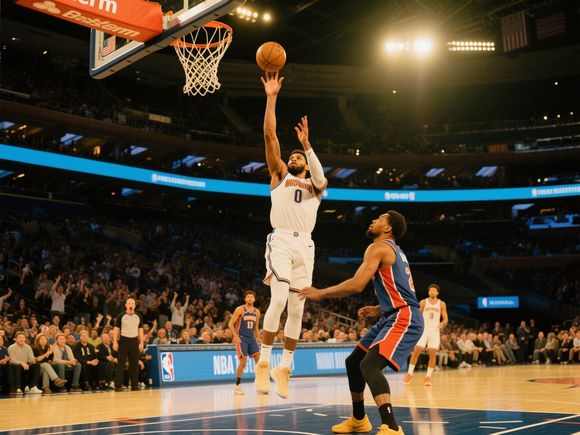
Oklahoma City's Financial Flexibility
The Thunder's $163.4M payroll allows strategic maneuvering. Young stars like Shai Gilgeous-Alexander ($35.9M) and Jalen Williams ($4.8M) provide cost-efficient talent. By utilizing exceptions like the NTMLE ($14.1M), they've added depth without exceeding the luxury tax line ($187.9M). This approach enabled them to maintain a +12.8 net rating during the regular season, showcasing the benefits of controlled spending.
On-Court Consequences
- Pacers' High-Risk Strategy: Reliance on unproven rookies like Bennedict Mathurin ($7.2M) creates inconsistency issues. Their playoff scoring trio averages just 68.3 points per game, exposing a lack of depth.
- Thunder's Youth Model: A "new big three" combining veteran leadership with affordable talent (Shai Gilgeous-Alexander, Jalen Williams, Chet Holmgren) delivers 75.1 points per game in the playoffs while staying financially agile.
Long-Term Implications
Teams exceeding the second apron ($207.8M in 2025-26) face punitive measures including trade restrictions and steep taxes. The Pacers' current structure risks becoming unsustainable if star contracts underperform, while the Thunder face future decisions when core players become eligible for extensions. This Finals serves as a test case for the league's evolving financial priorities.
Conclusion
More than a basketball competition, this series reflects two contrasting philosophies: the Pacers' "win-now" approach versus the Thunder's patient rebuilding. As the NBA's salary cap rises with its $77 billion media rights deal, teams must balance immediate success with sustainable roster construction. For now, Oklahoma City's disciplined strategy appears better positioned to thrive in this new economic reality.


